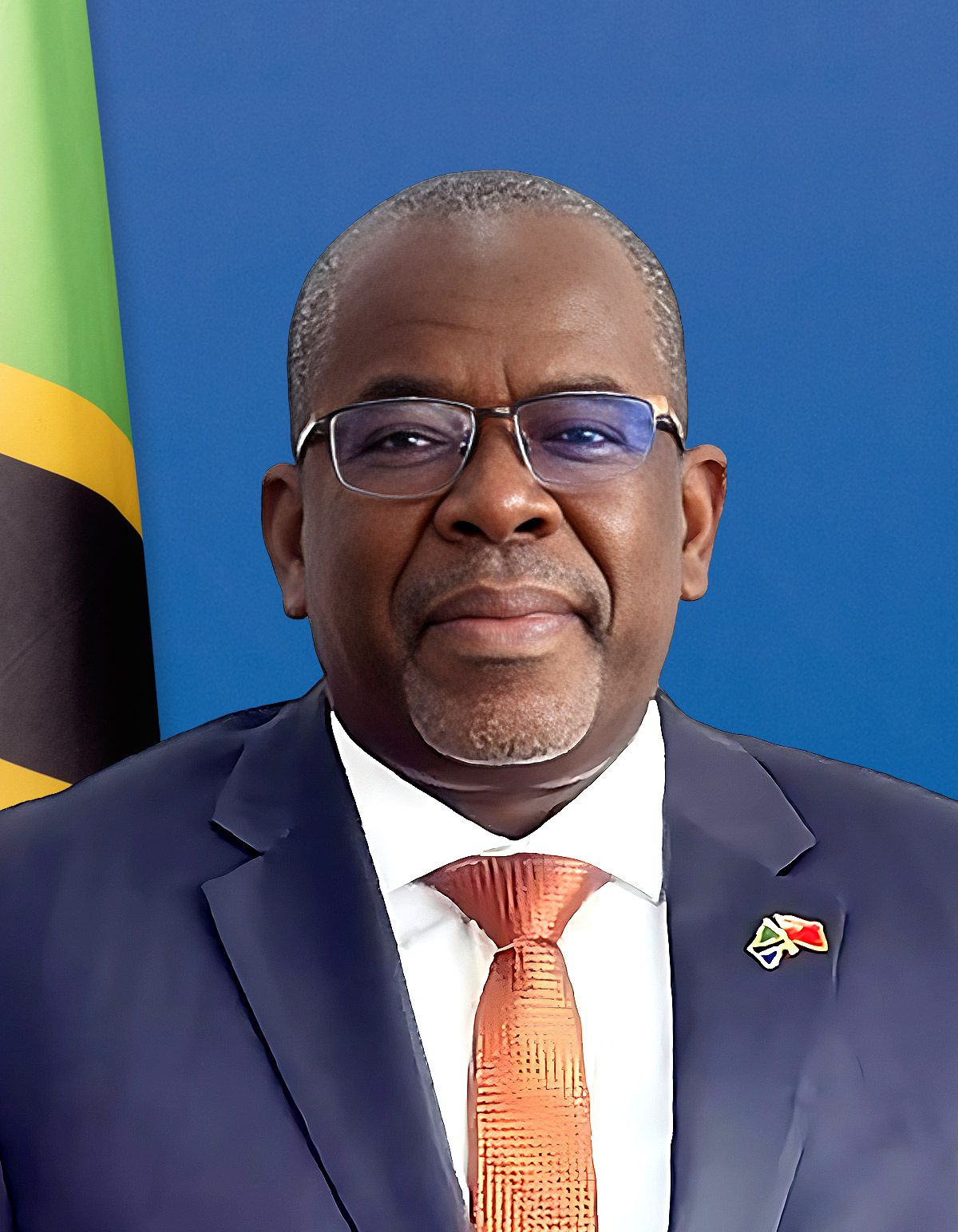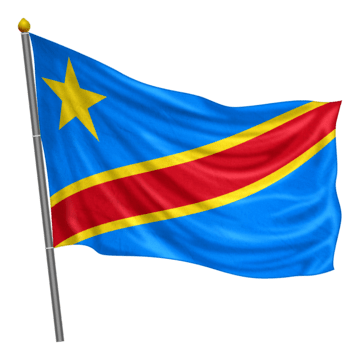Egypt, Qatar Seal $29.7bn Mediterranean Real Estate Project


Quidah is an online platform that connects investors with curated opportunities and expert insights on Africa’s emerging markets, while offering businesses promotional services, partnership facilitation, and market intelligence to attract capital and grow their operations.
Industries
Egypt and Qatar signed a partnership to develop a luxury real estate and tourism project on Egypt’s Mediterranean coast, anchored by a $3.5 billion land payment due in December for the Alam Al-Roum site. The investment, led by Qatari Diar, totals $29.7 billion and targets a 7-km stretch about 480 km northwest of Cairo. Officials say the upfront funds are fresh FDI earmarked to lower debt and improve Egypt’s economic indicators.
At a signing ceremony in Egypt’s New Administrative Capital, Prime Minister Mostafa Madbouly said the deal advances a flagship coastal project featuring golf courses and marinas on previously undeveloped shoreline. Finance Minister Ahmed Kouchouk noted the $3.5 billion December payment will be recorded as foreign direct investment rather than deposits, strengthening external accounts and confidence.
Madbouly added that Egypt will receive housing units valued at $1.8 billion and 15% of project profits after Qatari Diar recovers its investment costs. He characterized talks with the developer as “long and bitter,” underscoring the complexity of terms in a challenging macroeconomic environment.
The project arrives as Egypt seeks sustained foreign capital inflows amid heavy external debt and a widening budget deficit. Two financial sources said IMF disbursements had been held up over delays to Qatari funding that Cairo had expected by June, raising the stakes for timely execution and cash inflows.
Qatari Diar already holds prominent Egyptian assets, including the St. Regis Cairo and residential developments such as CityGate and NEWGIZA. The new investment is viewed as a strategic counterweight to the United Arab Emirates’ Ras El-Hekma development, which Housing Minister Sherif El-Sherbiny said is progressing with land allocation, machinery deployment, and on-site work.
For Egypt, the deal delivers near-term hard currency and a large-scale pipeline that can catalyze construction, tourism, and ancillary services, while easing pressure on the balance of payments and supporting market sentiment. For investors, the transaction signals renewed Gulf appetite for Egyptian mega-projects, opening opportunities in project finance, contracting, hospitality, and coastal infrastructure, with potential spillovers into supply chains and employment. The presence of multiple Gulf sponsors across marquee coastal developments may introduce competitive benchmarks for delivery timelines, quality standards, and returns, potentially accelerating reform momentum tied to external financing.
The December land payment will be a key milestone, with subsequent phases expected to focus on site preparation, permitting, and mobilization to translate capital commitments into visible progress. As Egypt advances Alam Al-Roum alongside Ras El-Hekma, officials project that disciplined execution and transparent frameworks can convert strategic pledges into lasting economic gains.


